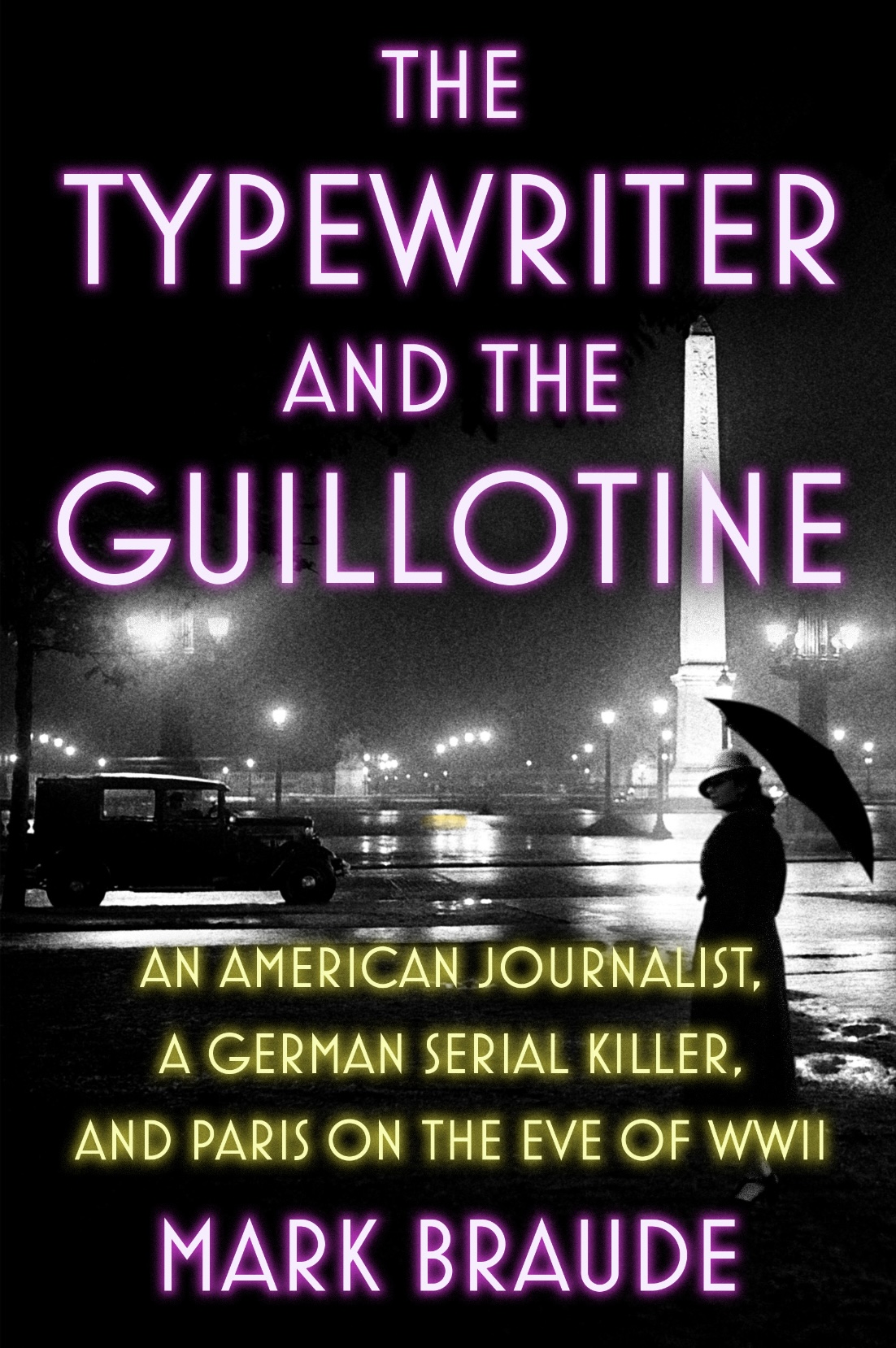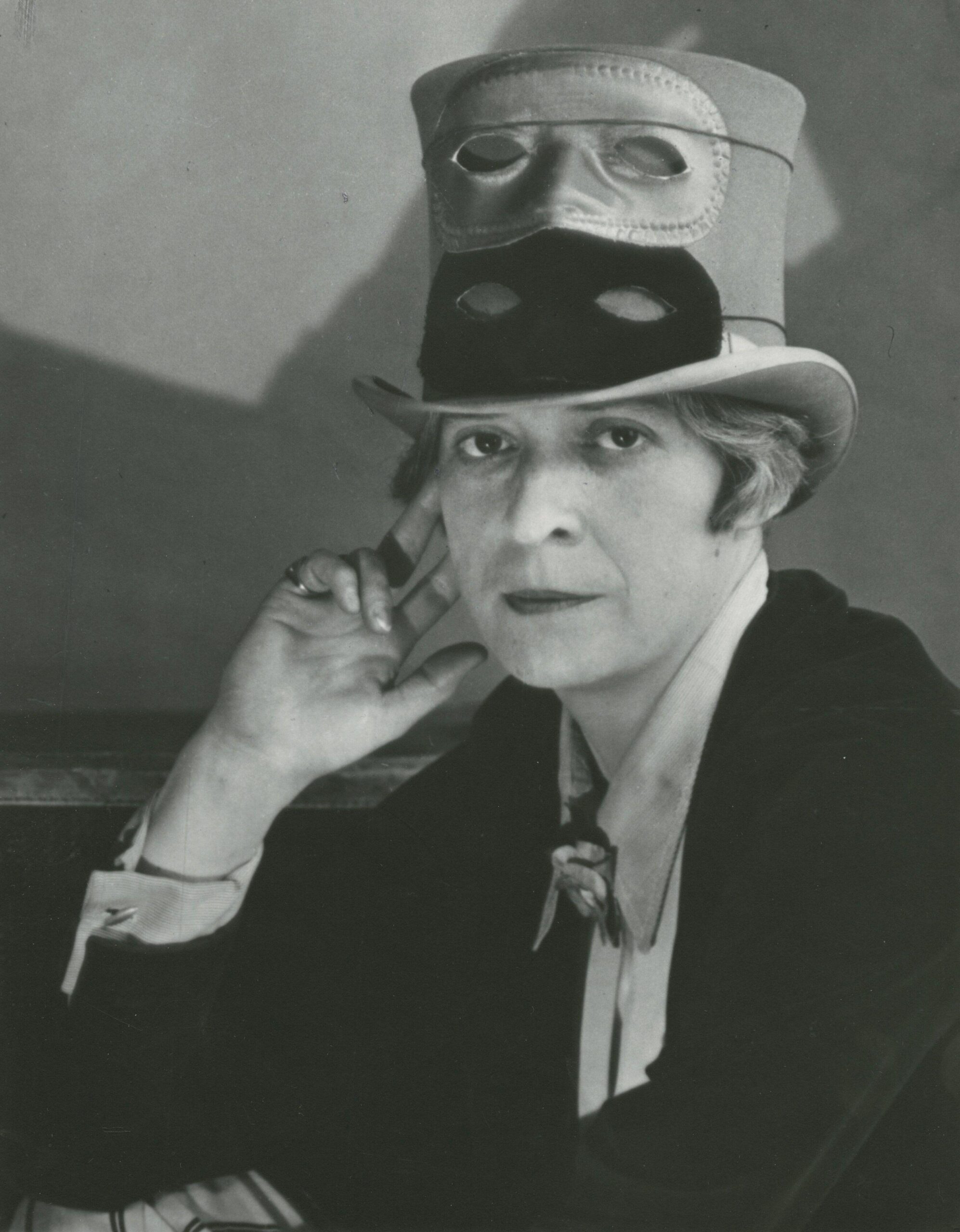THE TYPEWRITER AND THE GUILLOTINE: AN AMERICAN JOURNALIST, A GERMAN SERIAL KILLER, AND PARIS ON THE EVE OF WWII
Grand Central, 2026
Buy the Book: Bookshop.org / Amazon / Indigo / Barnes and Noble
The thrilling untold story of a trailblazing Paris correspondent for The New Yorker, who sounded the alarm about the rise of fascism in Europe while becoming enmeshed in the sensational case of a German serial killer stalking the streets of the French capital on the eve of WWII.
In 1925, the Indianapolis-born Janet Flanner took an assignment to write a regular ‘Letter from Paris’ for a lighthearted humor magazine called The New Yorker. She’d come to Paris to with dreams of writing about “Beauty with a Capital B.” Her employer, self-consciously apolitical, sought only breezy reports on French art and culture. But as she woke to the frightening signs of rising extremism, economic turmoil, and widespread discontent in Europe, Flanner ignored her editor’s directives, reinventing herself, her assignment, and The New Yorker in the process.
While working tirelessly to alert American readers to the dangers of the Third Reich, Flanner became gripped by the disturbing crimes of a man who embodied all of the darkness she was being forced to confront. Eugen Weidmann, a German con-man and murderer, and the last man to be publicly executed in France—mere weeks before the outbreak of WWII. Flanner covered his crimes, capture, and highly politicized trial, seeing the case as a metaphor for understanding the tumultuous years through which she’d just passed and to prepare herself for the dangers to come.
The Typewriter and The Guillotine offers the personal and professional coming-of-age story of an indomitable journalist set against a glamorous, high-stakes backdrop—a tightly-coiled drama full of romance and intrigue.

